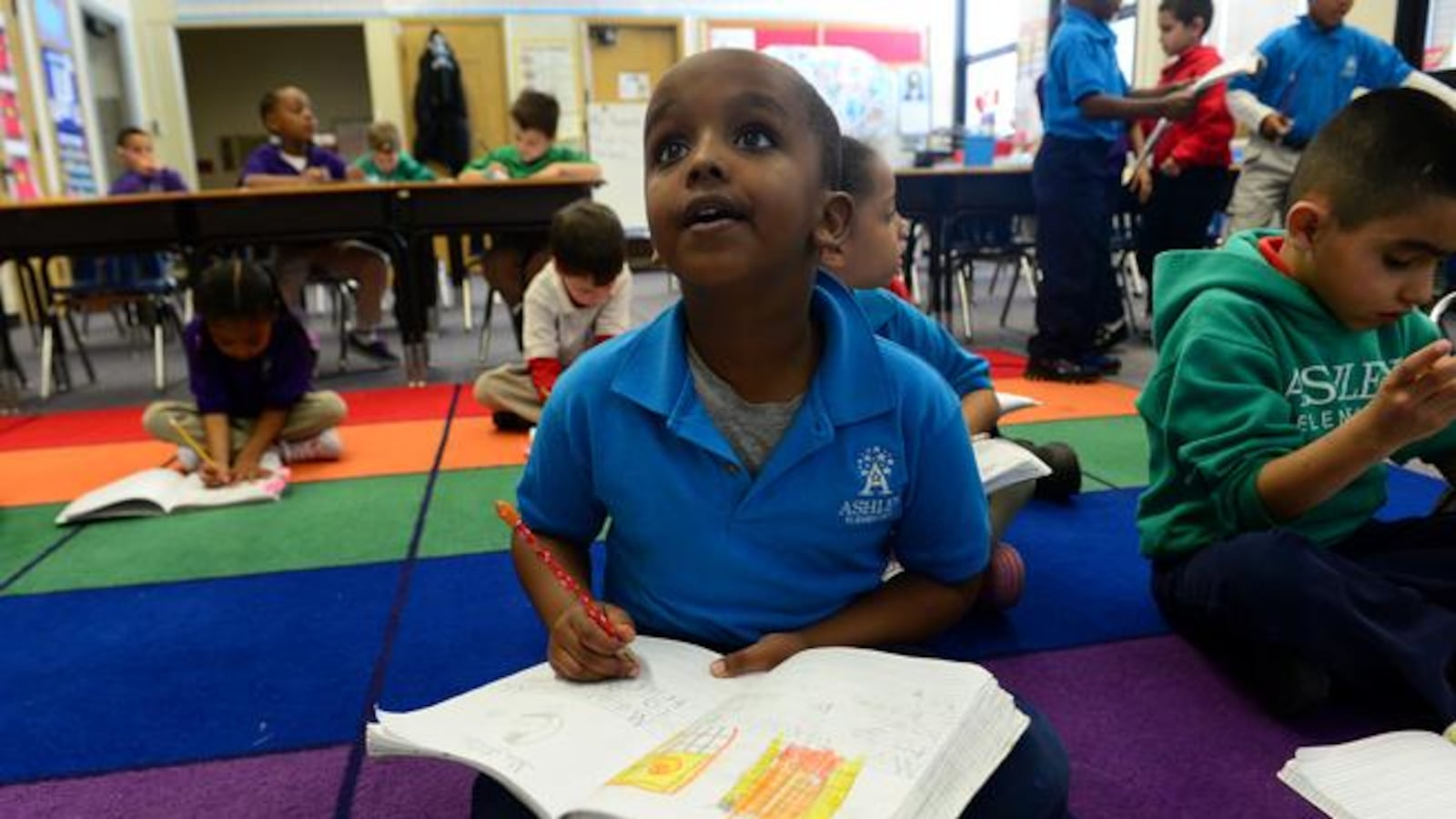Race and equity in education were in the spotlight in 2016, driven by a focus on police relations with communities of color, disparities in school discipline, a lack of diversity in the teaching ranks and efforts to narrow achievement gaps between disadvantaged students and their peers.
Educators responded to multiple police shootings of African-American men with advice for how to talk about race in the classroom. Aurora Superintendent Rico Munn, who oversees the school district with the highest proportion of black students in the state, offered this insight: Schools can’t fix America’s race problem alone. In Denver, students — including Manual High School president Tay Anderson — joined street protests against police brutality.
Racial disparities in student discipline continued to be a hot topic. Metropolitan State University early childhood education professor Rosemarie Allen, who is black, shared her personal story of being suspended countless times as a child.
Denver Public Schools pledged to address student discipline concerns in response to a report that showed the state’s largest school district continues to suspend students of color at a higher rate than white students, among other findings. And new research found that integrated Denver schools tended to have lower suspension rates.
The city of Denver launched a campaign in partnership with DPS to attract more minority educators to a district where about three-quarters of students are children of color and three-quarters of teachers are white. Chalkbeat spoke to three educators of color who were recruited to Denver about what it was like to be wooed by DPS.
But nearly half a year after the campaign was launched, a look at the racial makeup of the 935 new teachers who joined DPS this fall revealed that the overwhelming majority were white.
This year also brought news about school segregation, including a statewide report that showed Colorado’s charter schools are for the first time educating a larger proportion of racial and ethnic minorities than district-run schools. But a Chalkbeat analysis revealed that when measured by the federal definition, district-run schools remain more integrated than charter schools.
One of our most-read stories of the year was about a report commissioned by DPS that found black educators feel mistreated — and feel as though black students are overlooked.
District leaders called the results painful and pledged to gather input from the African-American community on how best to respond. Those leaders outlined that process in more detail at a press conference in October, at which the school board president said, “We have institutional racism. It exists. We have bias. This report wasn’t a surprise.”
Denver Public Schools took other steps in response to issues of race and equity, including requiring all new teachers to take a three-hour course on culturally responsive teaching and screening all students in kindergarten, second and sixth grades for its gifted and talented programs, in which students of color are underrepresented.
One ongoing effort to integrate schools by widening school boundaries has proven tough, according to a district analysis that showed DPS has struggled to fight against housing patterns in a gentrifying city where many neighborhoods are segregated.
And achievement gaps on state English and math tests persist — both at the statewide level and in Denver Public Schools, where this year’s test results showed white students are making bigger gains from year to year than students of color.
To shine a light on such disparities, DPS added a new measure to its school rating system called the “equity indicator.” Meant to gauge how well schools are educating traditionally underserved students, it takes such achievement gaps into account. To earn the district’s top two ratings next year, schools will have to do well on the equity indicator.
This year, two dozen schools earned the lowest possible score on the equity indicator — and 33 of the 82 schools that earned the top two ratings overall did not do well on the measure.

